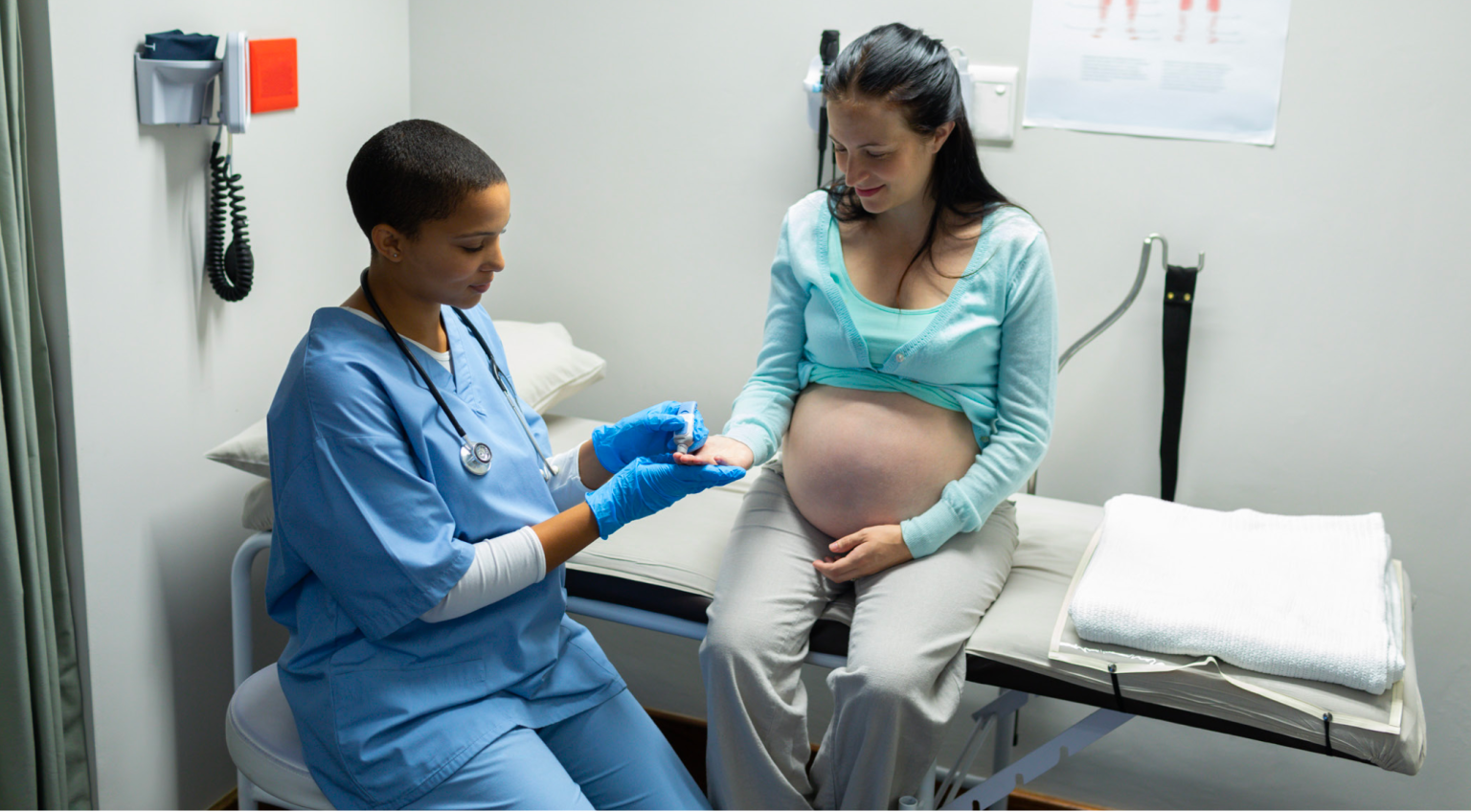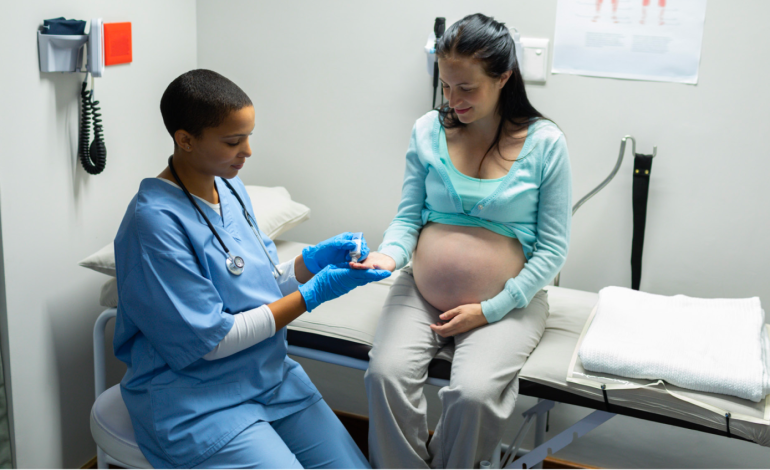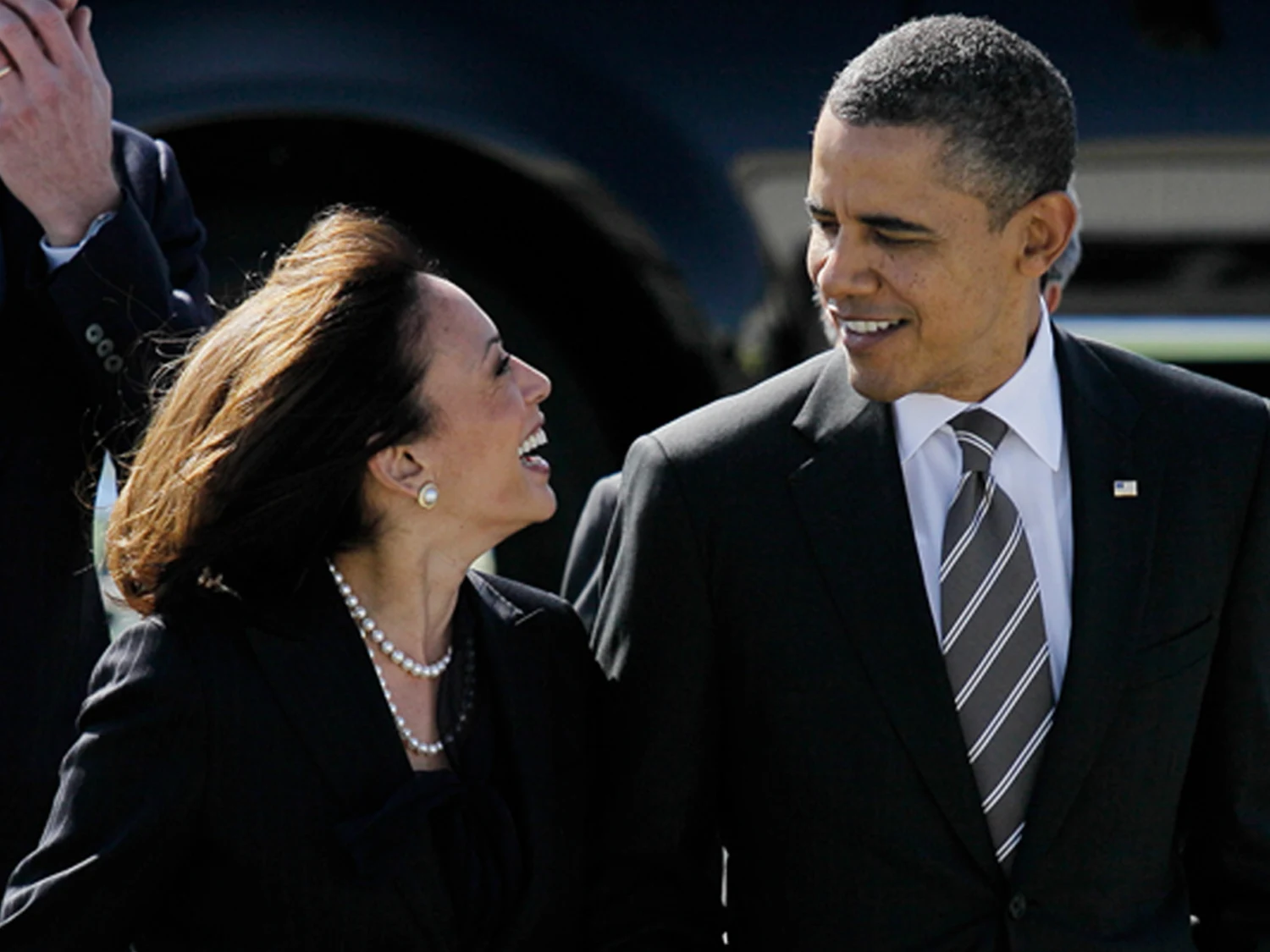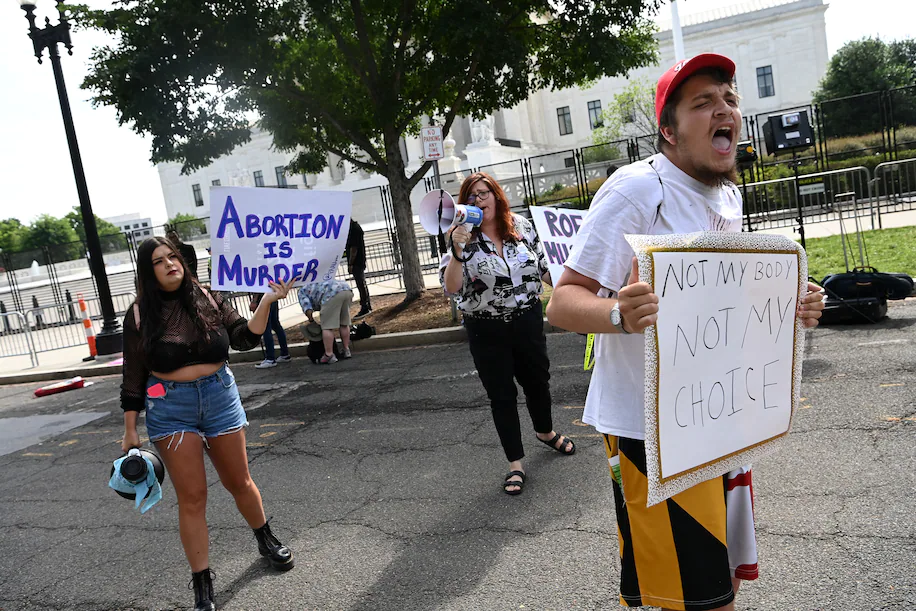The original story by for WyoFile.
Wyoming’s maternity care crisis keeps getting worse, and advocates say the state is dragging its feet on some of the easiest fixes.
Since 2022, four Wyoming hospitals have closed their labor and delivery wards. That leaves just 16 birthing hospitals to cover a state the size of 97,000 square miles. For many families, that now means long highway drives, winter storms, overflowing hospitals in other counties and hard choices about where – and whether – to give birth.
A new white paper from the Wyoming Women’s Action Network argues that while these problems aren’t unique to Wyoming, the state is falling behind on solutions that other places are already using. One big example: Wyoming is the only state in the country that still isn’t participating in the Alliance for Innovation on Maternal Health, a national quality-improvement program that helps hospitals adopt proven safety practices and improve maternal outcomes.
Jen Simon with the Wyoming Women’s Action Network said there are tools on the table that just haven’t been part of the conversation here. She described the situation as too complex for any one “silver bullet,” but said Wyoming is leaving a lot of “low-hanging fruit” untouched. The group’s report, “The Equality State’s Growing Crisis: What maternity deserts mean for Wyoming and how we can turn the tide for moms and babies,” is meant to lay out the data and point to practical steps communities, hospitals and state leaders could take right now.
The gaps on the ground are already stark. In Fremont County, some mothers are temporarily moving to Denver or even the East Coast just to give birth safely. In Rawlins, families have to hop on Interstate 80 and hope the notoriously shut-down stretch to Laramie stays open when labor starts. In Teton County, OB-GYN providers say they’re under growing strain as patients from other parts of the state show up in their delivery rooms because local options have disappeared.
Lawmakers put maternity care at the top of their study list in the 2024 interim, dug into the barriers facing rural hospitals and clinics – and then didn’t manage to pass any policies. In the meantime, births have continued to decline at many facilities, and Platte County Hospital in Wheatland temporarily halted deliveries in October. The Legislature’s Joint Labor, Health and Social Services Committee has kept maternity care as its number one issue in the 2025 off-season, but even the measures it has advanced, such as letting freestanding birth centers bill Medicaid for midwife deliveries, are being openly described by lawmakers as “band-aids” rather than real fixes.
Simon’s point is that Wyoming doesn’t have to wait for some giant legislative overhaul before anything improves. The white paper focuses on steps that are relatively simple, cheaper and within reach of local hospitals or statewide networks. One suggestion that’s already underway is an annual Wyoming maternal health summit where providers can share what’s working and what isn’t. Another is wider use of training programs like the Obstetric Patient Safety Program, which puts teams through realistic drills for obstetric emergencies so they’re prepared when things go sideways in real life.
The report highlights postpartum alert bracelets as another straightforward change. These inexpensive bands flag patients who have given birth in the last six weeks so any doctor or nurse who sees them is immediately aware of recent delivery and can quickly connect symptoms like heavy bleeding, severe headaches, high blood pressure or infection to postpartum complications. Those are among the leading causes of maternal deaths after birth, and advocates say something as simple as a bracelet can speed up recognition and save lives.
The white paper also points to models already in use inside the state, like a community-wide prenatal access program in Teton County, and to the potential benefits of finally joining the Alliance for Innovation on Maternal Health. That participation would plug Wyoming into national expertise, data tools, technical assistance and a broader network of peers facing similar challenges, rather than forcing providers here to reinvent the wheel on their own.
Beyond relatively easy wins, the report sketches out deeper moves that could shore up fragile maternity care in the long term. Those include expanding remote support from maternal-fetal medicine specialists so rural doctors and midwives can consult with high-risk experts in real time, creating or strengthening matching-fund loan repayment programs to recruit and keep OB providers in small towns, and improving reimbursements for maternity care, especially for Medicaid patients and critical access hospitals. Lawmakers on the Labor Committee recently rejected a draft bill that would have boosted those OB payments, underscoring how politically tricky even targeted spending can be.
Simon emphasized that while government policy has to be part of the solution, it’s not the only lever available. She wants hospital leaders, local boards and community coalitions to see that they have agency too. In her words, there are changes “that hospitals can decide, that communities can decide, that individuals can decide” without waiting on Cheyenne.
The report doesn’t just dwell on the grim parts. It also highlights people who are already pushing things forward. This year, Megan Baker of St. John’s Health in Jackson became the first Wyoming Section Chair for the Association of Women’s Health, Obstetric and Neonatal Nurses, giving the state a direct link into national training and quality initiatives. Under her leadership, St. John’s became the first hospital in Wyoming to earn a formal “maternal level of care” designation. She also helped secure a statewide grant for OB safety courses and brought postpartum alert bracelets to her own facility.
Baker believes Wyoming’s hospitals and clinicians will have to think more creatively and pool resources if they’re going to keep maternity services available. She argues that smaller, high-impact programs – like the bracelets and collaborative training – should be embraced because they stretch limited dollars while still improving safety. Her view is straightforward: Wyoming needs to share people, share knowledge and study how other places are managing to keep care close to home.
The stakes go well beyond inconvenience. If current trends continue, experts worry more pregnant women will skip prenatal visits, drive hundreds of miles in bad weather or end up giving birth in emergency rooms that aren’t staffed or stocked for labor and delivery. That raises the risk of preventable complications, injuries and deaths. It also hits communities where it hurts: access to safe childbirth is a major factor for young families deciding whether to move to or stay in rural towns.
Wyoming Women’s Action Network board member and Teton County Commissioner Natalia Macker put it bluntly in a statement accompanying the report. Being able to have a baby safely in Wyoming, she said, is a signal of the state’s present health and its future prospects. For her, the condition of maternity care is a mirror for the condition of Wyoming’s hospitals, communities and economy as a whole.










The latest news in your social feeds
Subscribe to our social media platforms to stay tuned